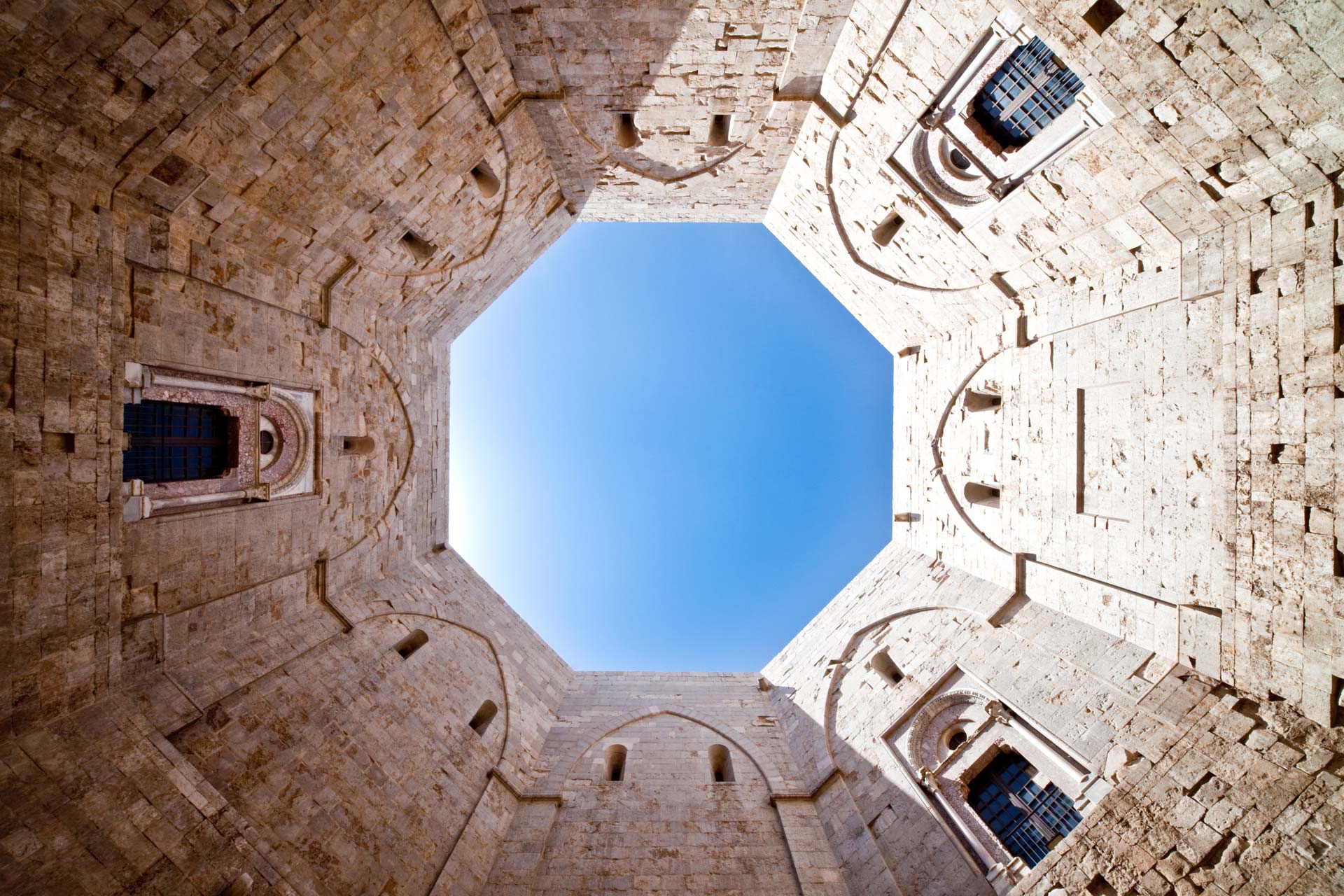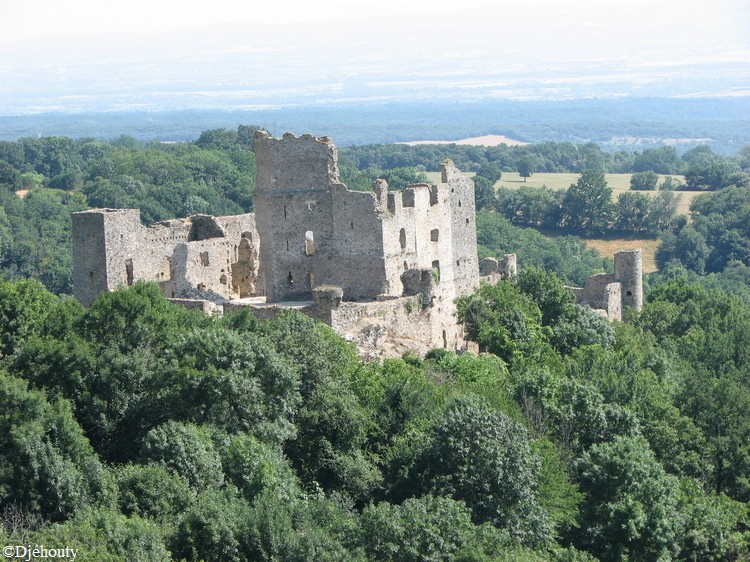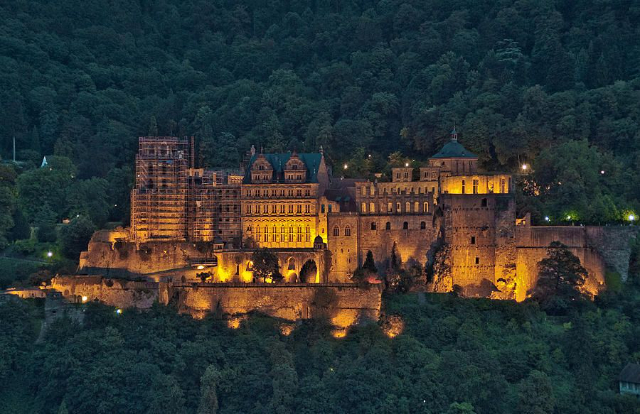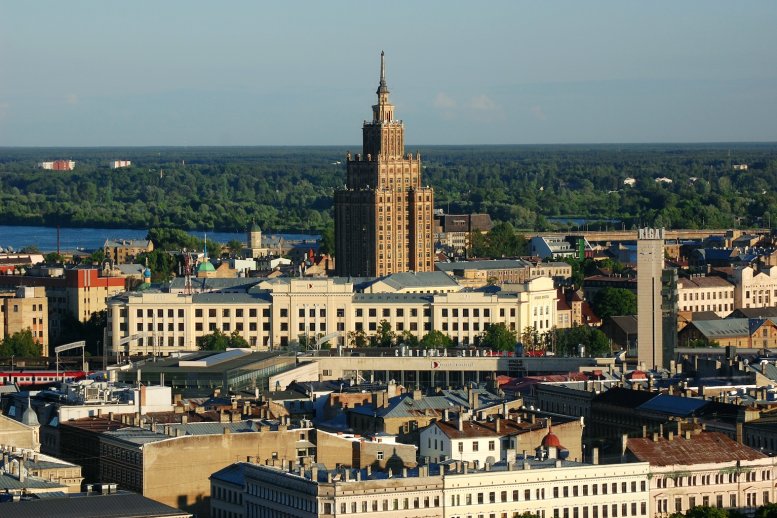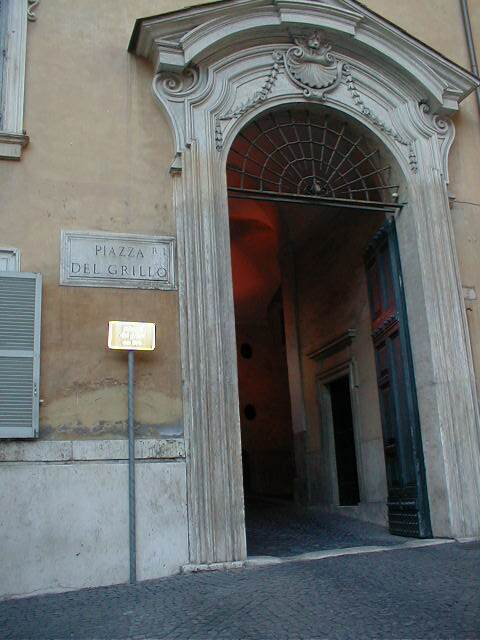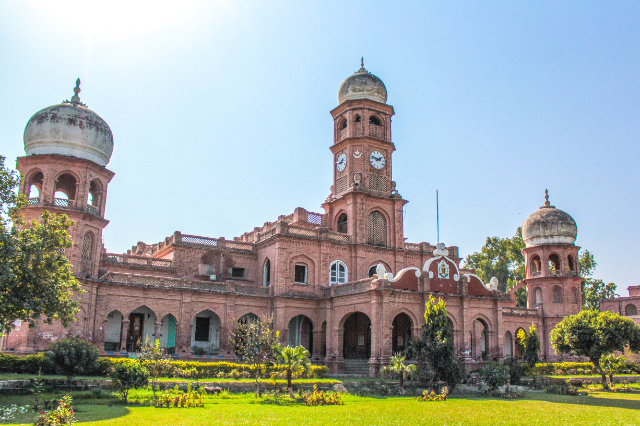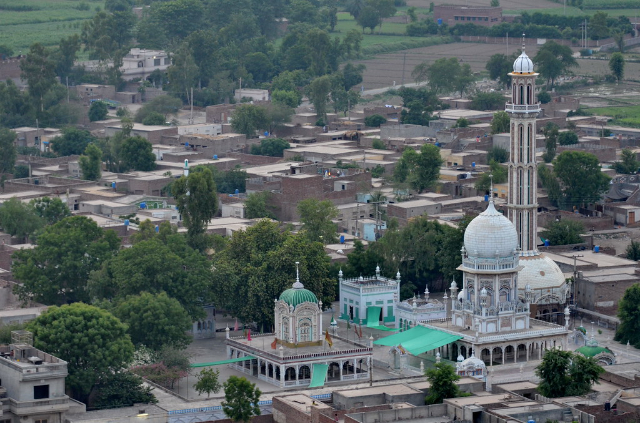The origin of the building is officially placed on January 29, 1240, when Frederick II Hohenstaufen ordered Riccardo da Montefuscolo, Justicier of Capitanata, that the materials and everything necessary for the construction of a castle at the church of Sancta Maria de Monte (now disappeared) be prepared. This date, however, is not accepted by all scholars: according to some, in fact, the construction of the castle on that date had already reached the covers.
Beginning in the 17th century followed a long period of abandonment, during which the castle was stripped of its furnishings and marble wall decorations (traces of which remain visible only behind the capitals) and became not only a prison but also a shelter for shepherds, brigands and political refugees. In 1876 the castle, in extremely poor condition, was finally purchased (for the sum of £25,000) by the Italian state, which arranged for its restoration beginning in 1879. In 1928 restoration directed by architect Quagliati removed the rubble outside the castle and demolished part of the crumbling structures, rebuilding them later to give the castle a "rejuvenated" appearance; this did not stop its deterioration and further restoration had to be carried out between 1975 and 1981. In 1936 Castel del Monte was declared a national monument.
In 1996 UNESCO listed it as a World Heritage Site because of the mathematical and astronomical rigor of its forms and the harmonious blend of cultural elements from northern Europe, the Islamic world and classical antiquity, a typical example of medieval architecture.
Despite being commonly referred to as a "castle," the exact function of the imposing building is still unknown. Architecturally devoid of typically military elements and moats, placed in a non-strategic location, the building was probably not actually a fortress. Some elements of the construction, moreover, definitely make this hypothesis discard: for example, the spiral staircases in the towers are arranged in a counterclockwise direction (unlike any other defensive construction of the time), a situation that put the occupants of the castle at a disadvantage against possible assailants because they would have been forced to hold the weapon with their left hand. The loopholes, moreover, are also too narrow to assume arrow shooting.
Even the hypothesis that it was a hunting residence, an activity much loved by the ruler, is questioned by the presence of fine ornaments and the absence of stables and other rooms typical of hunting residences.
Because of the strong symbolism with which it is imbued, it has been suggested that the building may have been a kind of temple, or perhaps a temple of knowledge, in which to devote oneself undisturbed to the study of the sciences.
In any case, it reveals itself as a grand architectural work, a synthesis of refined mathematical, geometrical and astronomical knowledge.
Some slight asymmetries in the arrangement of the remaining decorations and interior doors, when not due to spoliation or alterations, have suggested to some scholars the idea that the castle and its halls, while geometrically perfect, were designed to be enjoyed through a sort of obligatory "path," probably linked to astronomical criteria.
To explain the total lack of corridors, it has also been suggested that on the level of the second floor there was once a wooden gallery, now disappeared, on the side facing the inner courtyard, which would have allowed independent access to individual rooms.
A recent hypothesis would assign the building the function of a wellness center, suitable for regeneration and body care, modeled after the Arab hammam. Several elements of the building would lead in that direction: the multiple and ingenious systems of channeling and collecting water, the numerous cisterns for storage, the presence of the oldest bathing rooms in history, the particular conformation of the entire complex, the obligatory internal path, and the octagonal shape.
Because of its octagonal shape, with as many octagons placed at the vertices of the central plan, it is possible to assume that the building was built to recall the shape of a crown; this would explain the function of Castel del Monte, namely, a further affirmation of imperial power, a monument.
The octagon on which the plan of the complex and its elements is based is a highly symbolic geometric shape: it is the intermediate figure between the square, the symbol of the earth, and the circle, representing the infinity of the sky, and thus would mark the transition of one to the other.
The choice of the octagon could derive from the Dome of the Rock in Jerusalem, which Frederick II had seen during the Sixth Crusade, or from the Palatine Chapel in Aachen.
The entire construction is imbued with strong astrological symbols, and its position is designed so that on solstice and equinox days the shadows cast by the walls have a particular direction. At noon on the autumnal equinox, for example, the shadows from the walls perfectly reach the length of the inner courtyard, and exactly one month later they also cover the entire length of the rooms. Twice a year (on April 8 and October 8, and October at that time was considered the eighth month of the year), moreover, a ray of sunlight enters through the window in the southeastern wall and, passing through the window facing the inner courtyard, illuminates a portion of the wall where a bas-relief was previously carved.
Squatting on the two columns flanking the entrance portal are two lions, the one on the right looking to the left and vice versa, facing the points on the horizon where the sun rises on the two summer and winter solstices.
Another peculiarity in the building can be noted: to the five water cisterns present under the towers, five chimneys inside are ideally connected. Some have related this presence to the words of the Gospel according to Luke, "Today I baptize you with water, but there will come one who will baptize you with fire," thus crediting the hypothesis that the building was used as a kind of temple.
It has been noted how the building, seen from a distance, appears very similar to a crown and, in particular, the one with which Frederick II himself was crowned (also octagonal).
Wanting to ideally cut the entrance portal to the building with a vertical line passing through its axis, it would be possible to see a large F, the initial of the sovereign who wanted it and who perhaps left his imprint and signature in this way. The arrangement of the stairs, moreover, would be designed so that anyone exiting could never turn their back on the building or the initial of the man who had it built.
The number eight recurs in various elements of this building: the octagonal shape of the building, the inner courtyard and the eight towers at the apexes, the eight inner rooms, the inner basin that was supposed to be octagonal, eight four-leafed flowers on the left frame on the entrance portal, eight more on the lower frame, eight leaves on the capitals of the columns in the rooms, eight leaves on the keystone, eight vine leaves on the keystone of the first room on the ground floor, eight sunflower leaves on the keystone of another room, eight leaves and eight petals on that of the fifth room, eight acanthus leaves on the keystone of the eighth room, eight fig leaves on the keystone of the eighth room on the upper floor.
